By Louise Irvine
René Lalique is renowned as the Master of Art Deco glass after causing a sensation with his dazzling designs at the Paris Exhibition in 1925. As well as clear, frosted and opalescent glass, Lalique offered a vibrant range of colored glass reflecting gemstones including deep ruby-red, sapphire-blue and jade-green. Perhaps the most dramatic color in the WMODA collection is the deep red Archers vase which was first introduced in 1921. Explore the colorful world of René Lalique in the new Hot Glass Gallery at WMODA.
René Lalique first began exploring glass to enhance his exquisite art nouveau style jewelry in the 1890s. Glass was more affordable to work with than diamonds and other precious stones and he became increasingly fascinated by the versatility of the material. Initially, he developed a process of cire perdue (lost wax) casting and blowing to make unique pieces. In 1909, following his commission to make glass perfume bottles for Coty, he opened a glass factory in a Paris suburb to keep up with production demands.
Lalique’s first all-glass exhibition was held at his showroom in 1912. Ten years later, he fired his first furnace at his new factory in Wingen-sur-Moder, Alsace in France, an established area for glass making. Over the years, Lalique developed industrial production techniques including mold-blowing and mold-pressing to make his luxury glass designs accessible to a wide audience. Decorative vases were popular forms of interior decoration during the early 1900s and Lalique designed hundreds of different styles during his prolific career.
Metal oxides are added to the glass to create the color, for example uranium renders yellow glass and cobalt makes blue. Lalique’s blue palette ranged from a light aquamarine as in the Dauphins fish design to a deep translucent blue as in the Piriac fish design to an electric blue as in the Ronce brambles design. Strong solid colors involved bonding layers of colored glass using the cased glass process which was costly. Typically, colored vases are more expensive to acquire than their clear counterparts today. Some collectors try to find a particular design in every color which could amount to at least 10 colors. Comparing the different effects of the contrasting colors is fascinating. For example, the Danaides water maidens can be seen in opalescent glass as well as a dark topaz at WMODA.
Lalique also used delicate color stains on translucent glass to create a subtle patina and define the texture of his engraved and relief-sculpted designs. Each vase design looks quite different depending on the type of staining. For example, the Aras pattern with macaws can be seen with a green or sepia stain at WMODA. One of Lalique’s earliest designs in the WMODA collection is Sauterelles, featuring grasshoppers, which was first introduced in 1912 and subsequently produced in a spectrum of colors. Fougeres, depicting ferns, and Monnaie du Pape, featuring the Money Plant are other early patterns with subtle textured finishes. Sophisticated black designs were made in the early years and continue to be made today. René Lalique created his iconic Masque de Femme derived from his Fontaine Poissons in 1935 and it can be seen in black at WMODA.
One of Lalique’s most vivid colors is the green Languedoc design, first introduced in 1929 and still being made today in three sizes. Lalique named this vase after the lush Languedoc region in the south of France. Lalique often used place names from his travels for his vase designs. For example, the Domremy thistles vase was named after the town where Joan of Arc was born. His Ajaccio vase was named for the goats in this region of Corsica and the Camargue vase depicts the wild horses from this coastal region in southern France. The Palissy shell vase was named after the Renaissance potter, Bernard Palissy. According to family sources, René Lalique used real shells in the glass production mold after modeling a vase of sand on the beach during a vacation in the south of France. Lalique’s love of nature was a constant source of inspiration throughout his life along with beautiful women. See more shining examples of his work and read more about the “three Fs” which inspired him – female figures, flora and fauna.
Read more about...
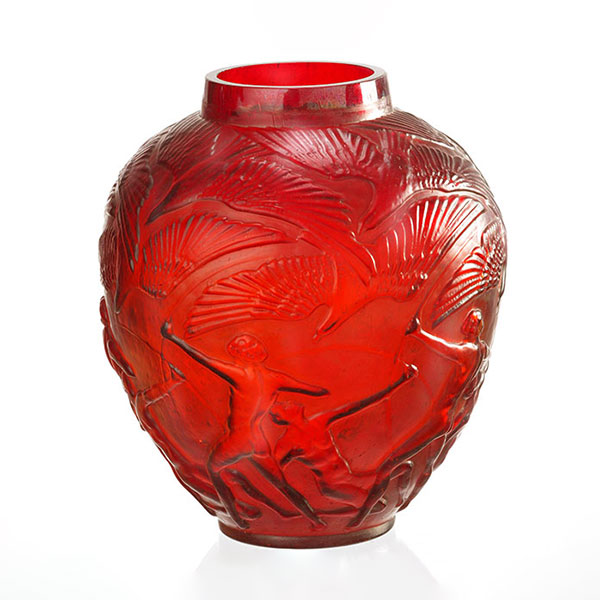
Lalique Archers Red
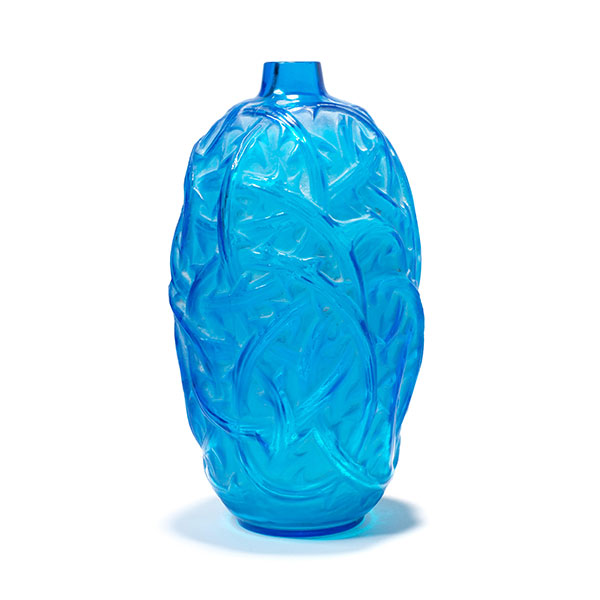
Lalique Ronces Brambles Electric Blue
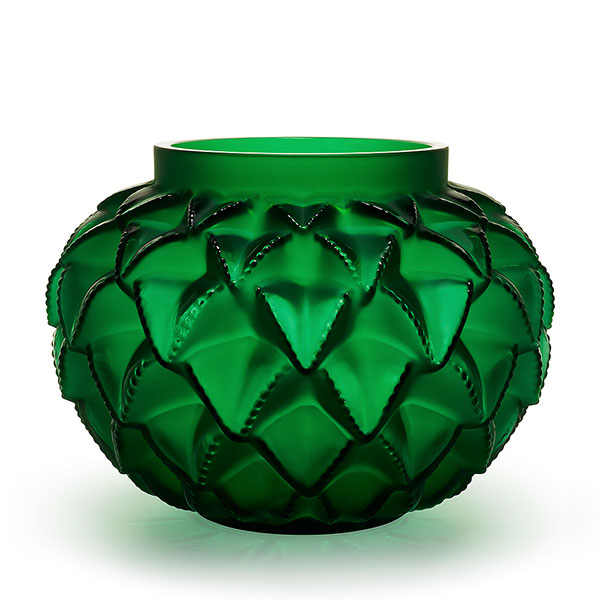
Lalique Languedoc Green
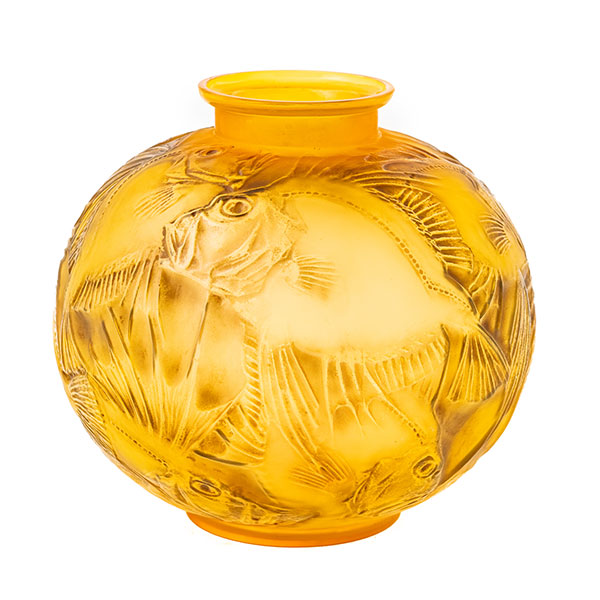
Lalique Poissons Fish Amber
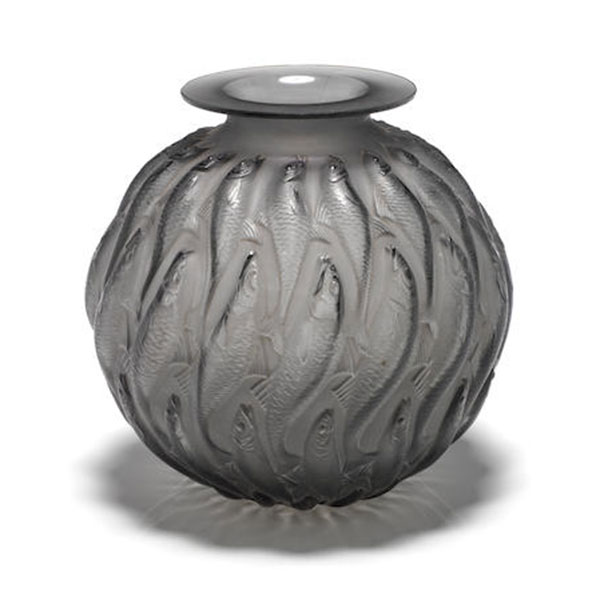
Lalique Marisa Fish Smoky Black
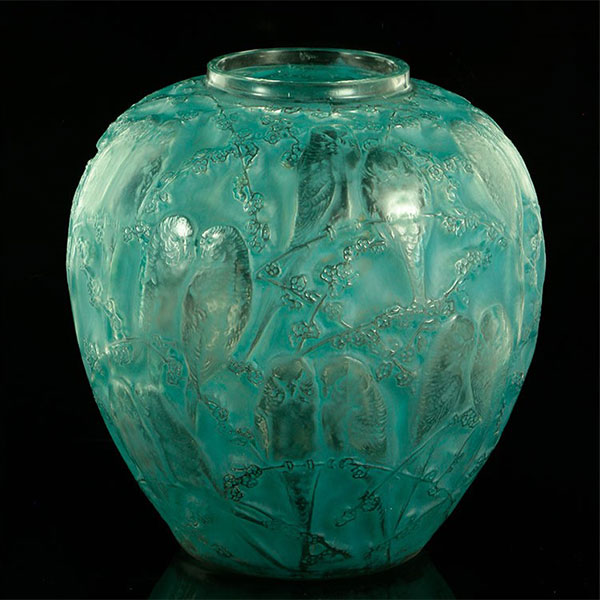
Lalique Perruches Parrots Green
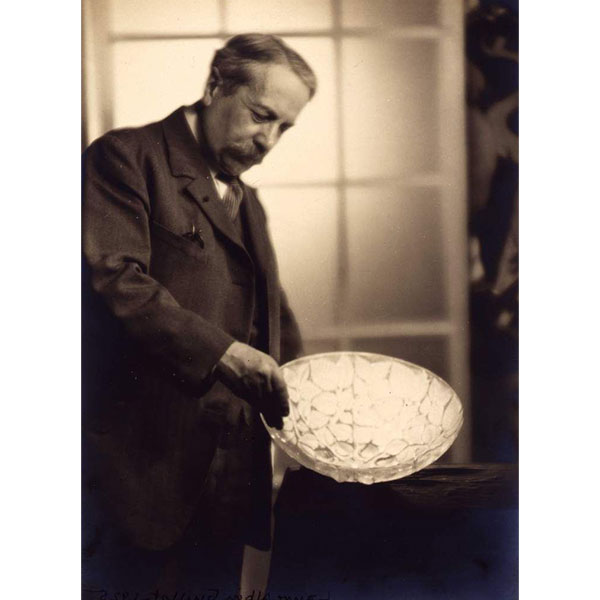
Rene Lalique
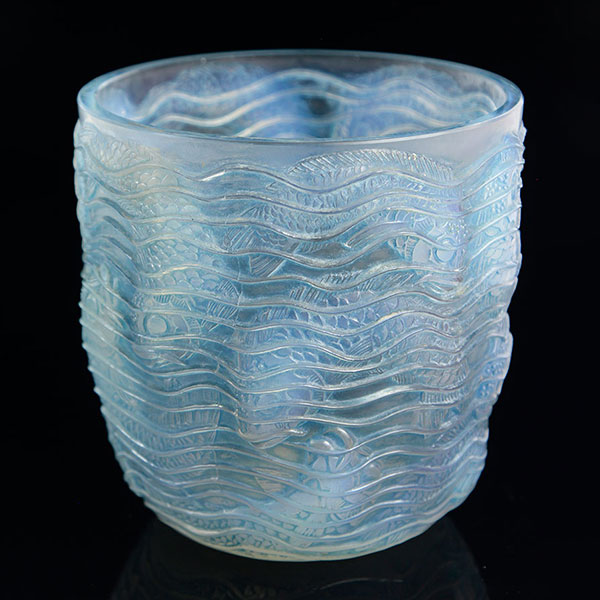
Lalique Dauphins Fish
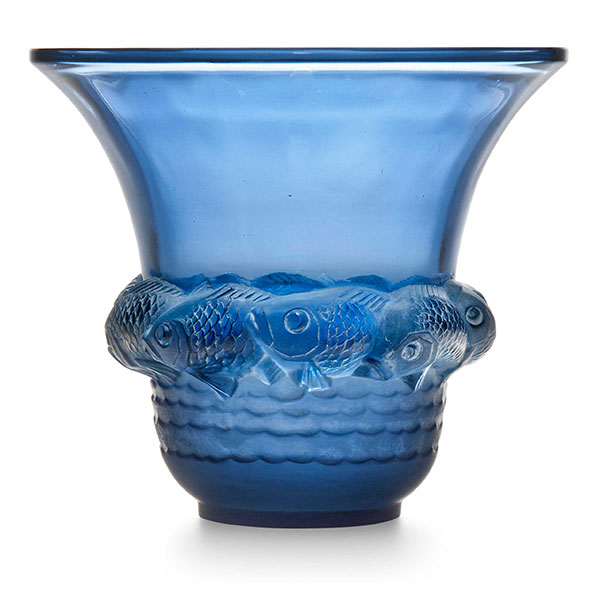
Lalique Piriac Fish Blue
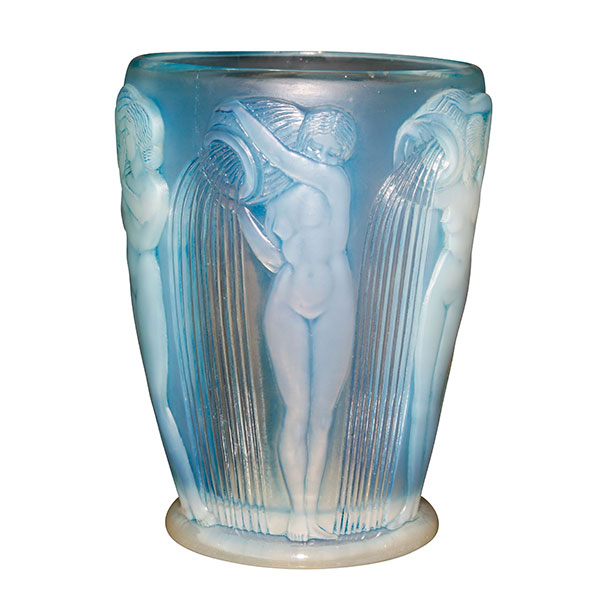
Lalique Danaides Opalescent
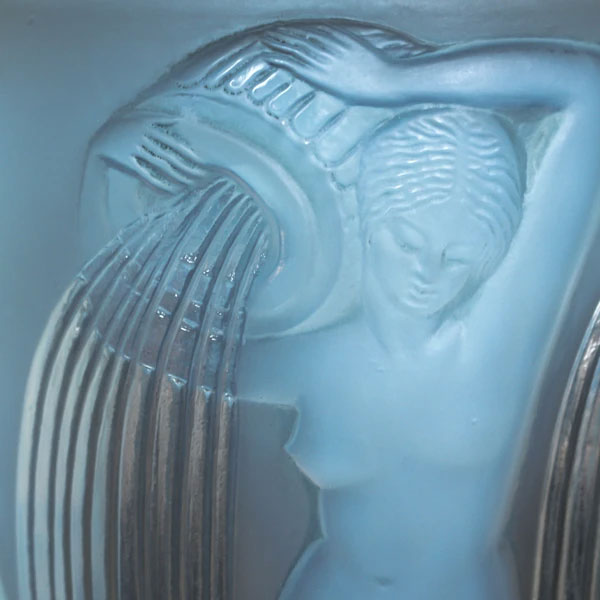
Danaides Detail
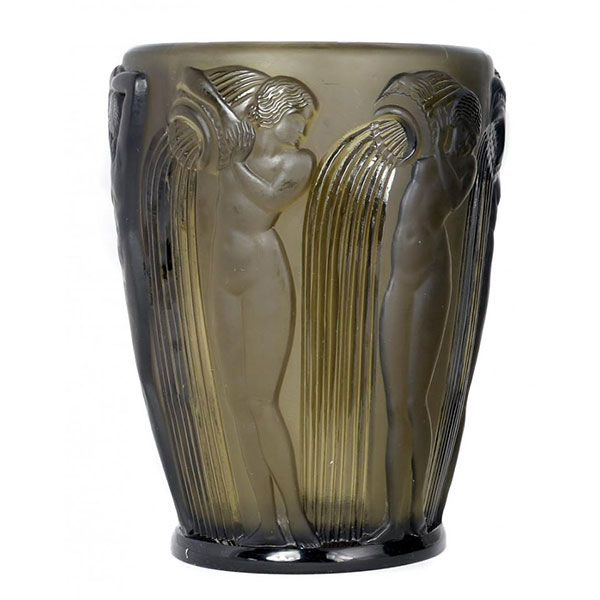
Lalique Danaides Topaz
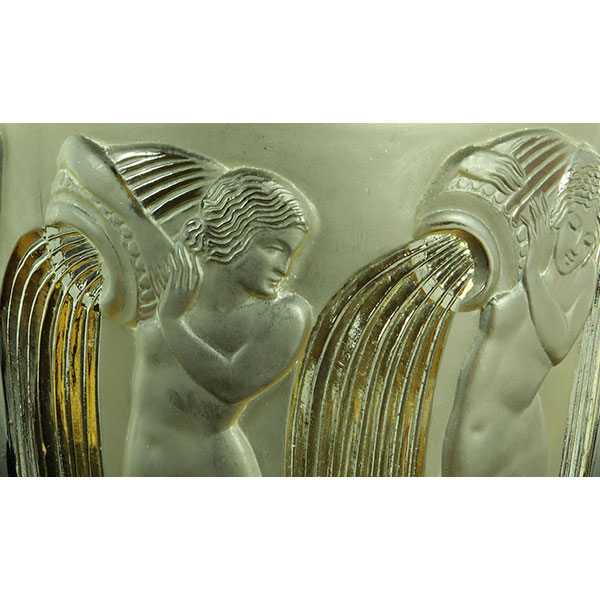
Lalique Danaides Topaz Detail
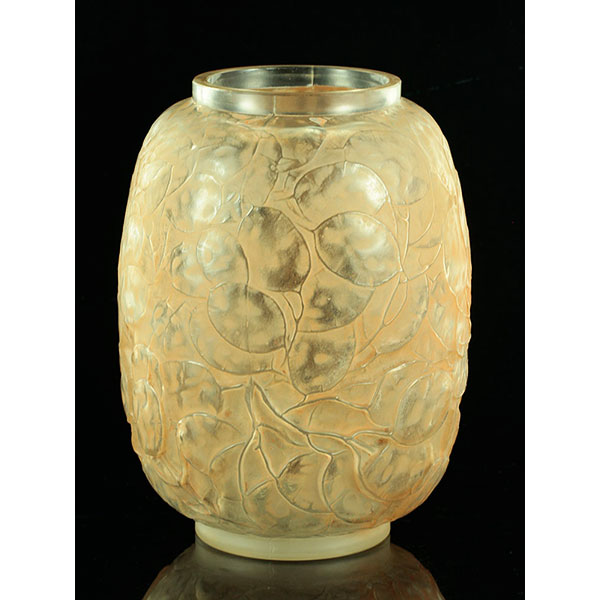
Lalique Monnaie du Pape Money Plant
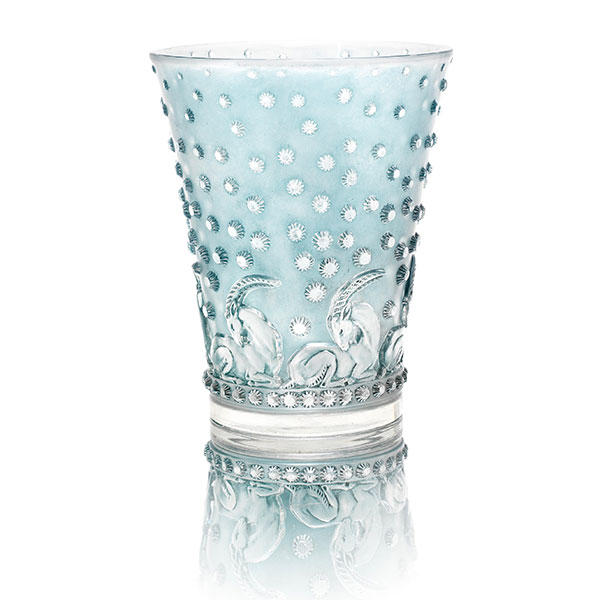
Lalique Ajaccio Blue Stain
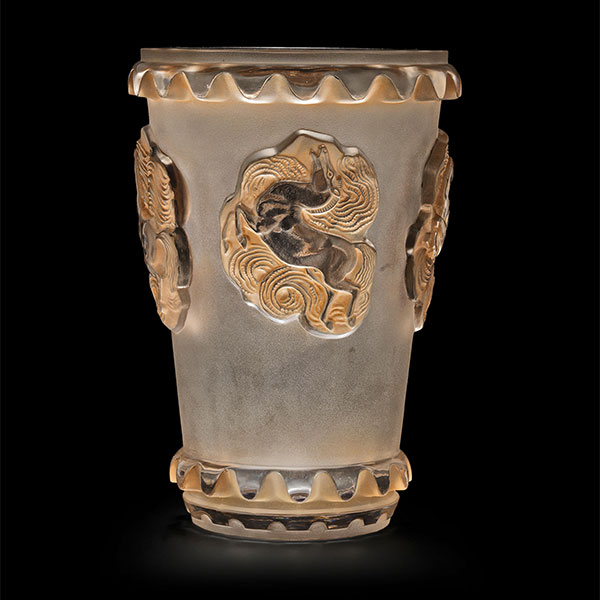
Lalique Camargue Sepia Stain
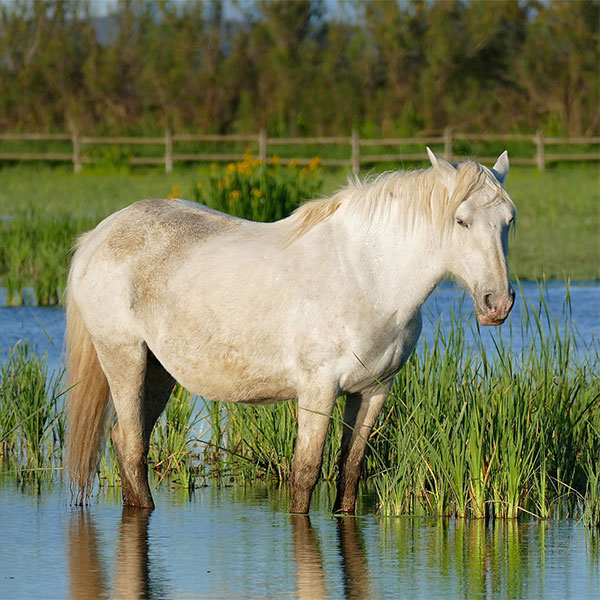
Camargue Horse
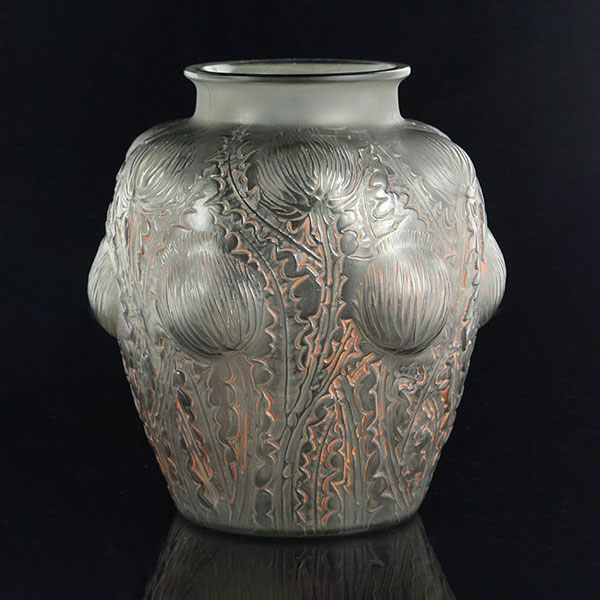
Lalique Domremy Thistles
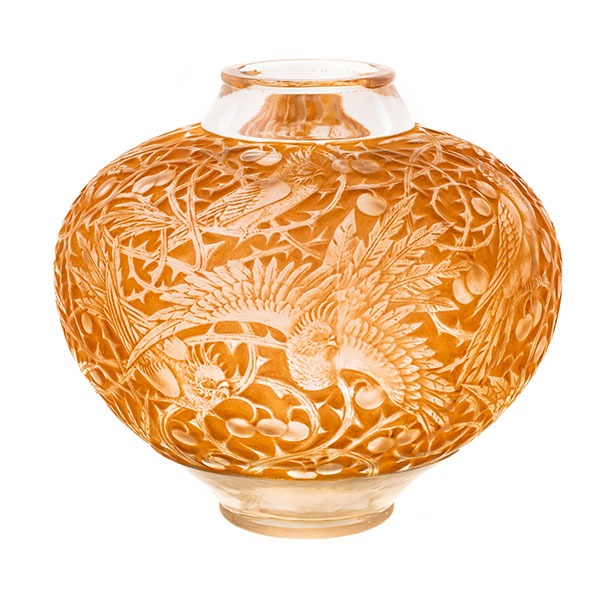
Lalique Aras Macaws Sepia
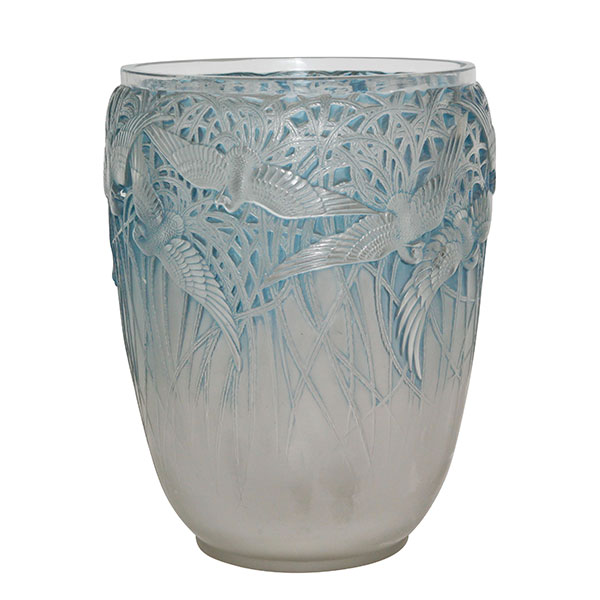
Lalique Aigrettes Blue
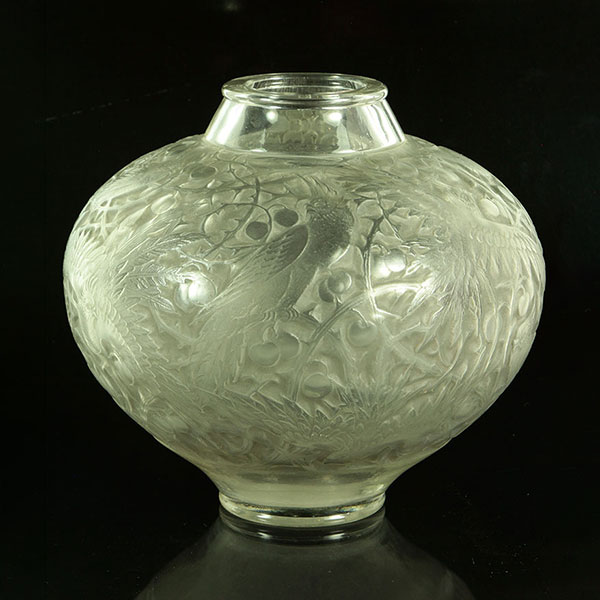
Lalique Aras Macaws Green
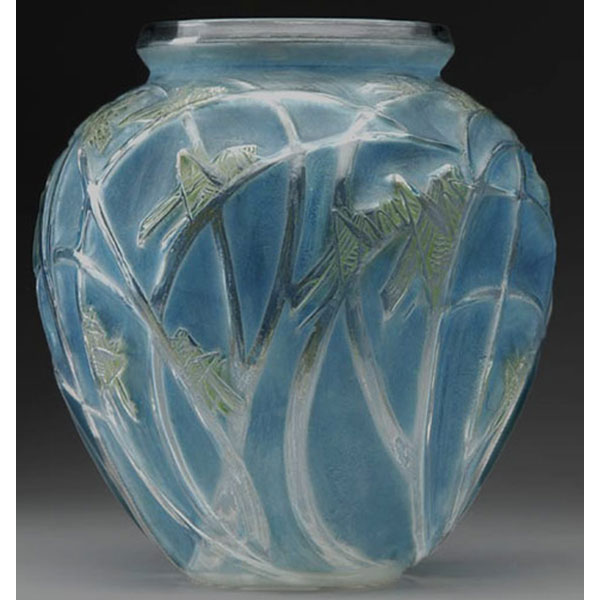
Lalique Sauterelles Grasshoppers
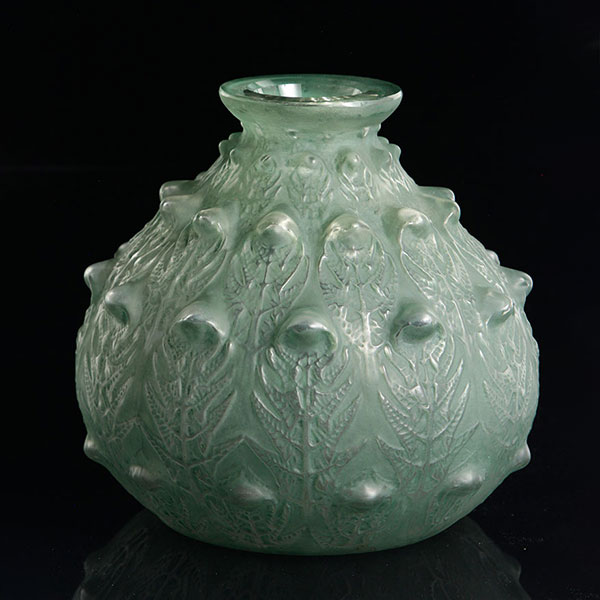
Lalique Fougeres Ferns
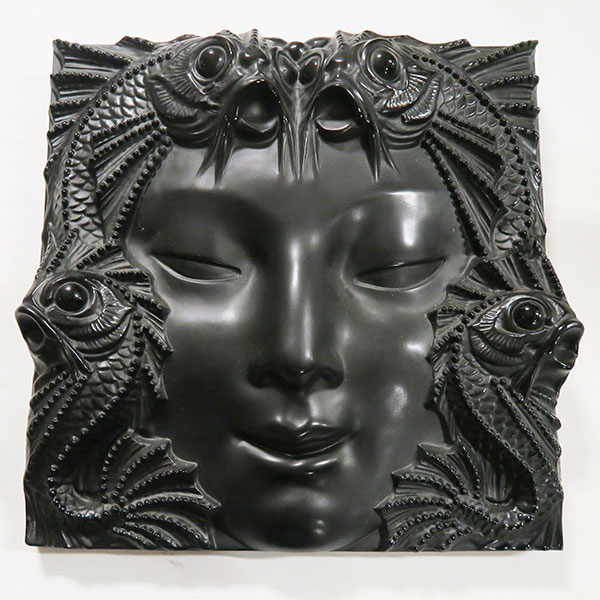
Lalique Masque de Femme
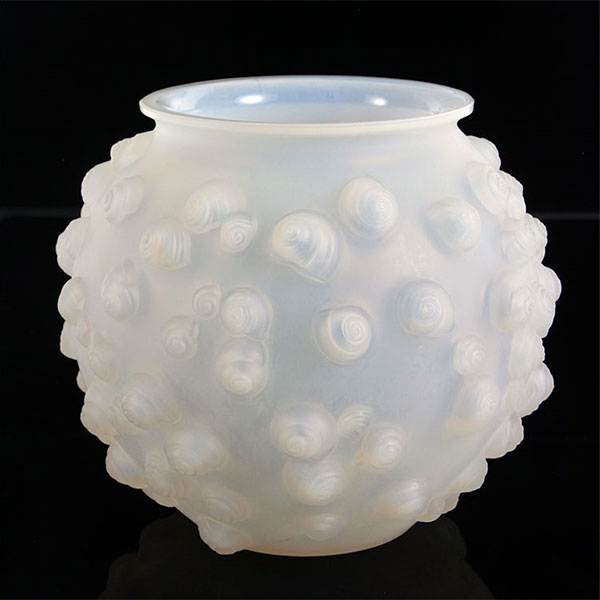
Lalique Palissy Shells
